Spiky houseplants are a type of plant that have sharp, pointy leaves. They can add a lot of interest to your home decor, and they’re relatively easy to care for. They can also make a great addition to any indoor space.
These plants are also known to purify the air and improve indoor air quality. Additionally, spiky houseplants can help to reduce stress and anxiety levels. Spiky houseplants come in a variety of shapes and sizes and can be found at most nurseries and garden centers.

There are a few things to keep in mind if you’re thinking about getting a spiky houseplant. Some of them include choosing a spiky plant that suits your climate and carefully handling the plants to avoid accidents because of their pointy shape, and adequate light conditions.
Where Do Spiky Houseplants Come From?
Spiky houseplants come from all over the world. Some popular varieties come from Africa, South America, and Asia. These plants have adapted to survive in hot, dry climates. They often have thick, fleshy leaves that store water. This helps them survive in environments where there is little water available.
Spiky houseplants are popular because they are easy to care for and they add interest to a home. These plants are often very tolerant of neglect. They can survive in low light and poor soil conditions. This makes them ideal for people who do not have a lot of time to care for their plants.
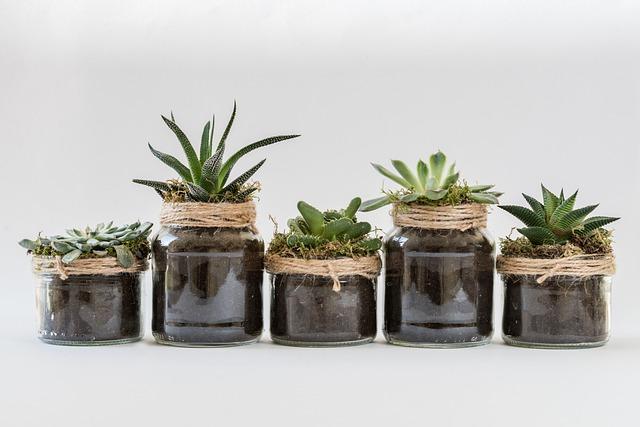
If you are looking for a spiky houseplant, there are many different varieties to choose from. Some popular choices include aloe, cactus, and agave. These plants come in a wide range of sizes, shapes, and colors. You can find a plant that will fit into any space in your home.
How Do Spiky Houseplants Grow?
Spiky houseplants are easy to care for and can be grown in a variety of conditions. They prefer bright, indirect sunlight and well-drained soil.
- Water your spiky houseplant when the top inch of the soil is dry.
- Allow the plant to drain after watering and do not let it sit in water.
- Fertilize your spiky houseplant every two weeks during the growing season.
- Use a balanced, all-purpose fertilizer and follow the instructions on the package. These plants are not picky eaters and will do well with most types of fertilizer.
What Do Spiky Houseplants Need To Survive?
Spiky houseplants are not difficult to care for, but there are a few things they need to survive. They need well-drained soil, bright light, and moderate humidity.
- Watering is the most important aspect of care for spiky houseplants. They need to be watered regularly, but allow the soil to dry out between waterings. Overwatering is the biggest mistake people make when caring for these plants.
- Bright light is also essential for spiky houseplants. They will do best in a south- or west-facing window. If you don’t have a bright window, you can supplement it with grow lights.
- Likewise, spiky houseplants need moderate humidity. They’re not as picky as some other houseplants when it comes to humidity, but they will still appreciate a bit of extra moisture in the air. One easy way to increase humidity is to group your plants together. You can also use a pebble tray or humidifier.
With just a little bit of care, your spiky houseplant will thrive.
What Are The Different Types Of Spiky Houseplants?
There are many different types of spiky houseplants, each with its own unique appearance. Some common varieties include cacti, agave, aloe, and Yucca. Each of these plants has different care requirements, so be sure to do your research before choosing one for your home.
1. Cacti
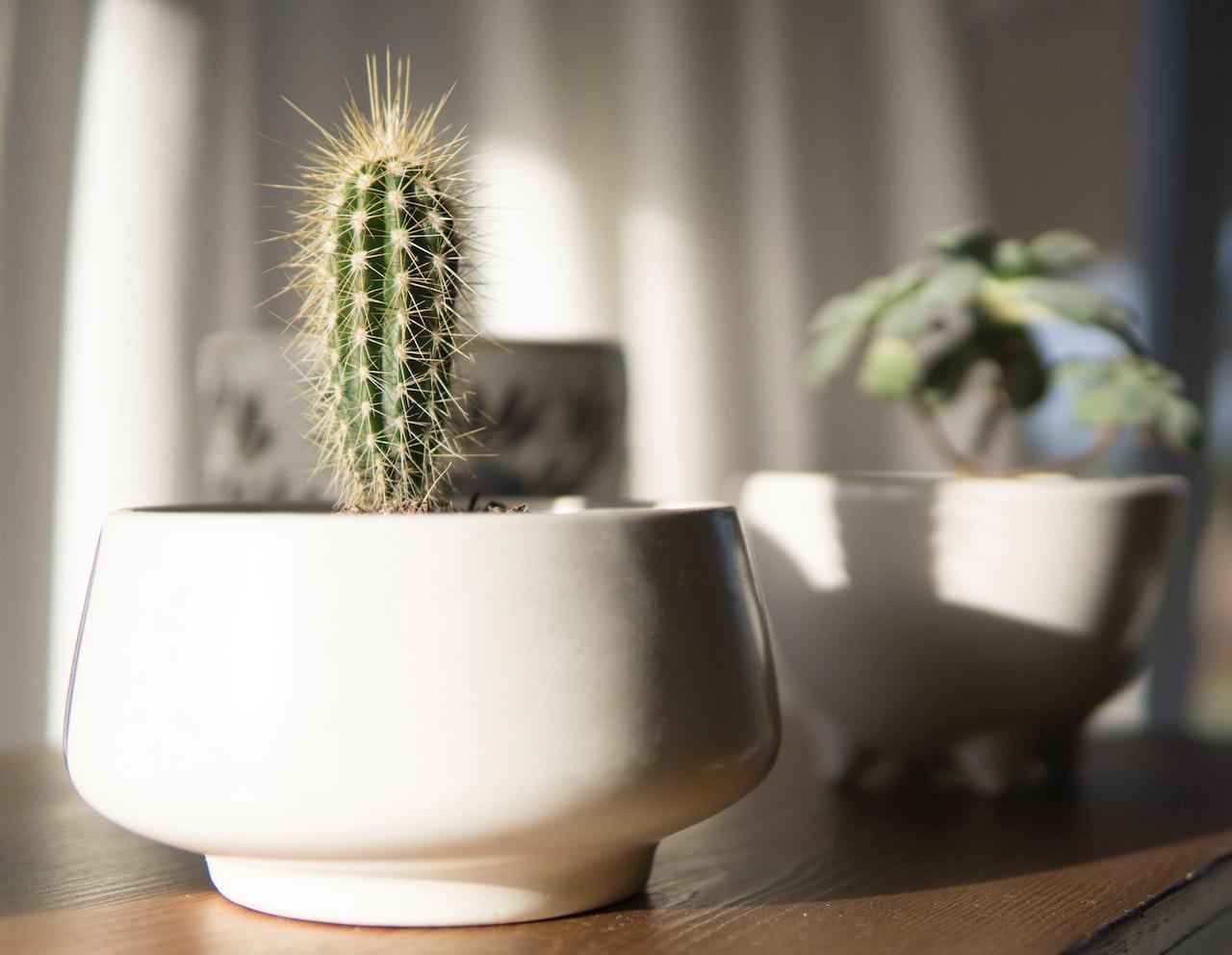
Credit: Pexels
Cacti are a type of succulent that is known for their thick, fleshy leaves. They come in a wide variety of shapes and sizes and can be either green or brightly colored. Cacti are easy to care for and make a great choice for beginners.
2. Agave
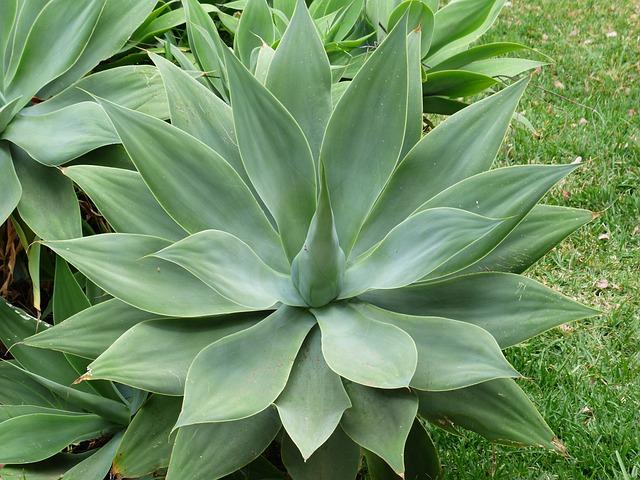
Agave is a type of succulent that has long, sharp leaves. It is native to the desert regions of North America and can be either green or blue in color. Agave is a relatively easy plant to care for, but it is important to keep it away from pets and children as the leaves can be quite sharp.
3. Aloe
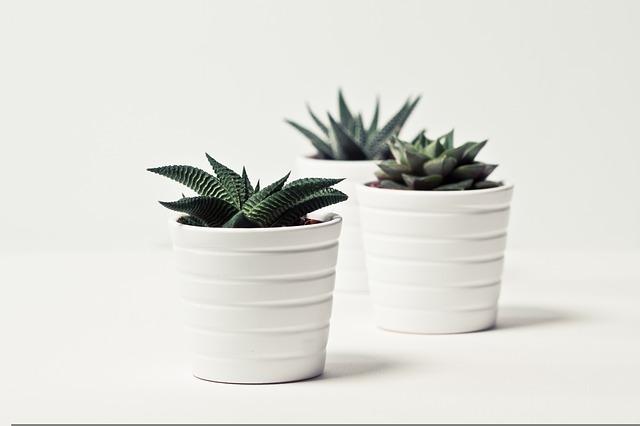
Aloe Vera is a type of succulent that is known for its thick, fleshy leaves. It is native to Africa and has a wide variety of medicinal uses. Aloe is easy to care for and makes a great choice for beginners.
4. Yucca
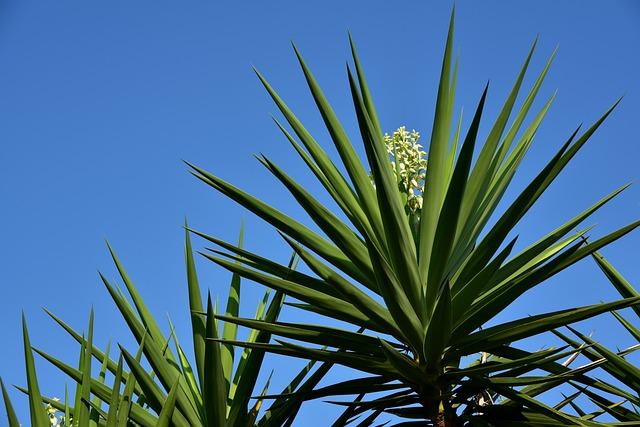
Yucca is a type of plant that has long, sharp leaves. It is native to the desert regions of North America and can be either green or blue in color. Yucca is a relatively easy plant to care for, but it is important to keep it away from pets and children as the leaves can be quite sharp.
How Do You Care For Spiky Houseplants?
- When it comes to caring, spiky houseplants are relatively easy to take care of. They prefer bright, indirect light and should be watered when the soil is dry to the touch.
- Ensure to use a well-draining pot or planter, as these plants do not like to sit in wet soil.
- Fertilizing spiky houseplants is not necessary, but if you choose to do so, use a balanced fertilizer and apply it according to the package directions.
Overall, spiky houseplants are low-maintenance and make a great addition to any home.
What Are Some Common Problems With Spiky Houseplants?
- One of the most common problems with spiky houseplants is that they can be very difficult to take care of. This is because they often require a lot of water and sunlight, and if they don’t get enough of either of these things, they can quickly die.
- Additionally, spiky houseplants can be susceptible to pests and diseases, which can also kill them. Therefore, it is important to be very careful when growing spiky houseplants and to make sure that they are getting everything they need to stay healthy.
How Can You Propagate Spiky Houseplants?
To propagate spiky houseplants, you will need to take a cutting from the plant and then root it in water or soil.
- If you are taking a cutting from the plant, you will need to cut a piece that is about 3-4 inches long.
- Make sure that you use a sharp knife or shears to make the cut. You will also want to make sure that the cutting has at least 2-3 leaves on it.
- Once you have your cutting, you will need to remove the bottom leaves. These leaves will need to be removed so that the plant can focus its energy on growing new roots.
- After you have removed the bottom leaves, you will need to place the cutting in a glass of water.
- Make sure that the water is at room temperature and that the glass is big enough so that the cutting can stand up on its own.
- You will need to change the water every few days to keep it fresh. After about a week or two, you should start to see roots growing from the cutting.
- Once the roots are about an inch long, you can transplant the cutting into the soil. Make sure to use a pot that has drainage holes and that is filled with a light potting mix.
- Water the soil well and then place the pot in bright, indirect light. Keep the soil moist but not soggy and continue to monitor the plant for new growth.

Bonus Tips
- Hang the plant from the ceiling
- Put the plant in a bright spot near a window
- Water the plant when the soil is dry to the touch
- Prune the plant as needed to keep it healthy
- Start with smaller plants.
Frequently Asked Questions
- What are spiky houseplants?
Spiky houseplants are simply plants that have sharp, pointy leaves. They can add a unique look to your home and can be a great conversation starter!
- Why are they called spiky houseplants?
They are called spiky houseplants because of their sharp, pointy leaves. These leaves can be a bit tough to the touch, so be careful when handling them!
- Are spiky houseplants easy to care for?
Yes, spiky houseplants are relatively easy to care for. They don’t require a lot of water or attention, and they can tolerate lower light levels than some other houseplants.
- What are some common spiky houseplants?
Some common spiky houseplants include cacti, agave, aloe, and yucca. These plants are all easy to care for and make great additions to any home.
- Where can I buy spiky houseplants?
Spiky houseplants are available at most nurseries and garden centers. You can also find them online at many retailers.
Conclusion
As you can see, there are different kinds of spiky houseplants that you can choose from. No matter what your level of experience is, there is definitely a plant that is perfect for you. These plants have great benefits like other indoor plants and they’ll serve you perfectly.
Michelle Wilde
Related posts
![]()
About Michelle Wilde
Michelle Wilde is a stay-at-home mom and avid plant lover. Armed with a post-graduate degree in Computer Science (no kidding!), she loves researching plants and landscapes. When she is not caring for her 4 kids, she spends time on her passion for plants. She blogs at www.indoorplantschannel.com, the trusted source for indoor plants.
Learn more
Subscribe
* You will receive the latest posts and updates about indoor plants!
Search
Recent Posts
Categories
- Beginner Guides (10)
- FAQ (206)
- General (2)
- How-To Guides (212)
- Indoor Plants (214)
- Pest Management (2)
- Plant Problem Solutions (4)
- Seasonal Growing (2)
- Specialized Environments (2)
- Specific Plant Care (3)
- Technical Growing (2)